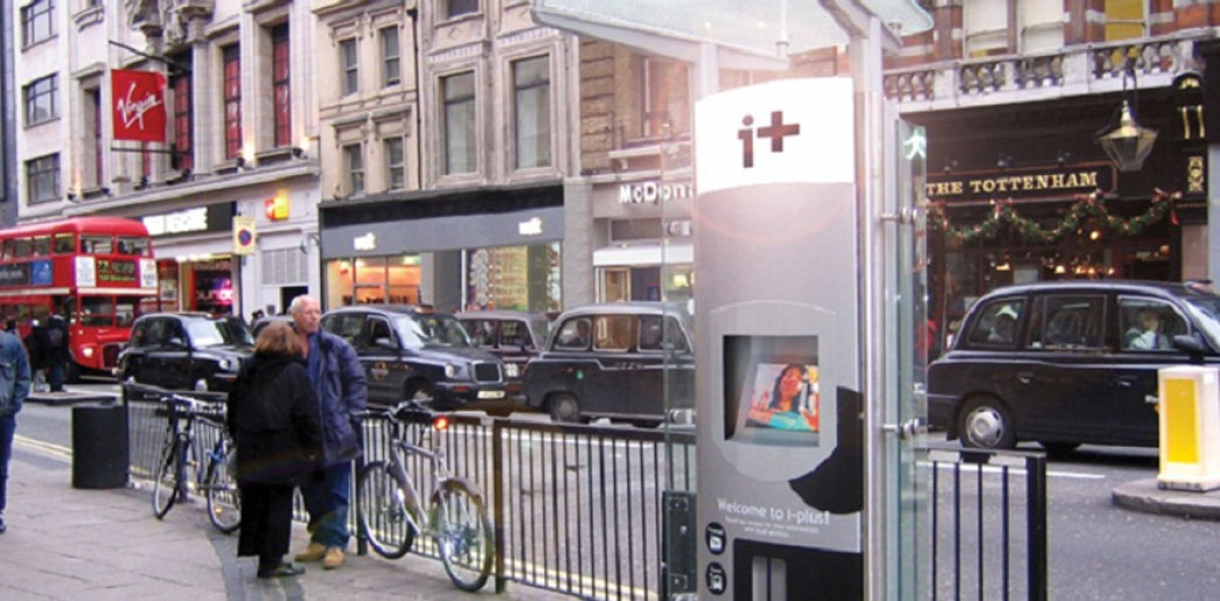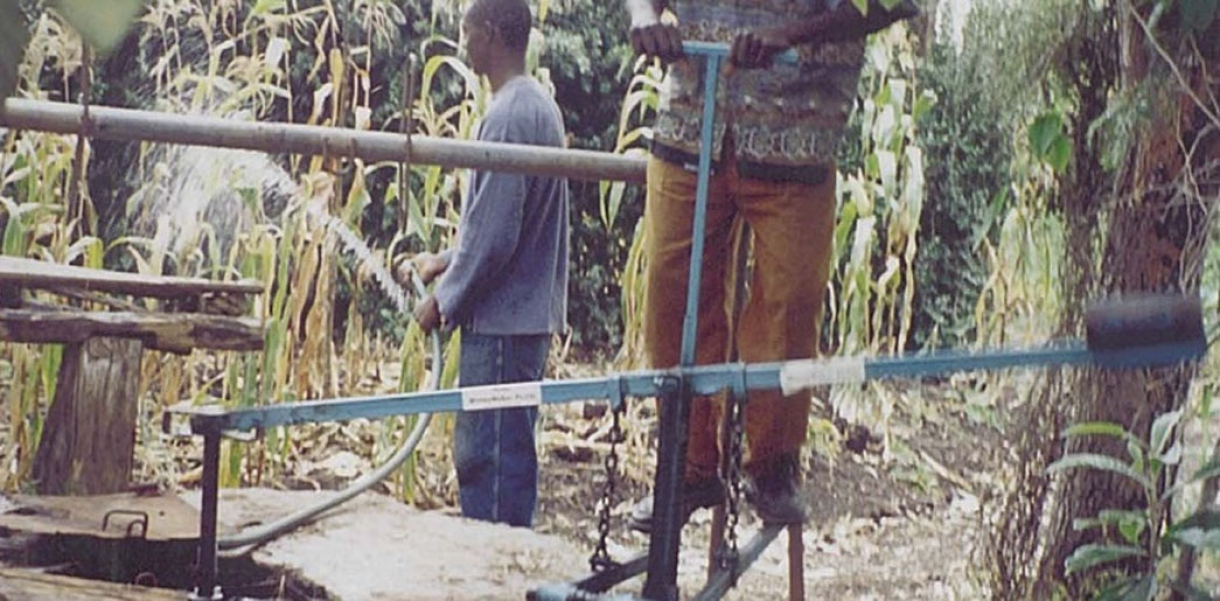Functionality and use of design
Claystation turns the author/viewer relationship at exhibition events on its head by inviting these same visitors to model clay in response to others’ work within carefully devised guidelines. This process is filmed by a static stop-motion camera, from which an animated film is constructed afterwards.
How did this design improve life?
Claystation has so far provided the opportunity for more than 1,000 people from all ages and walks of live to contribute creative problem-solving, narrative and architectural responses to carefully structured briefs. The creators have deliberately chosen to stage these events in environments where the participants would otherwise have been merely passive observers. There have been two main events to date (at Designersblock London, 2003 and 2004), as well as several smaller events at educational institutions. Over the duration of these events (normally four days), visitors were encouraged to purchase a lump of modeling clay, and to spend as long as they wanted carving, sculpting, and forming it into whatever they desired. The resulting objects were placed on a ‘stage’ where their creators could manipulate them and interact with others’ creations. A static camera mounted in the ceiling of the venue recorded these objects’ positions every few seconds. These were then compiled into a ‘stop-motion’ animated film of the whole event. With a total absence of narrative, or constraint in expression, participants were completely free to experiment with the format. Piers Roberts (co-founder of Designersblock) observed: “Claystation fits our model of interaction as it is an invitation for people to cross a bridge where they can involve themselves with design ideas and processes. Play is an important element in these processes and one that is a strong motivating force when attempting to get people involved.”
With over 1,000 visitors participating in these events, several films have been created to date documenting the process. No attempt was made to record individual visitor’s contributions, but most stayed for between 20 and 40 minutes, with many returning for another go several times. This work has been used directly in research into play techniques for creative problem-solving developed for industry and education. The creators of Claystation also found that, after the first event, individuals were inspired to use their own equipment to create films at home. This is particularly encouraging as it has always been an aim that these processes will not simply reside in their original formats, but that others will take on the ideas and adapt them for other means. This work has been developed and undertaken on a strictly not-for-profit basis by the creators and organizers.
Claystation has been reported and given highly favorable reviews in many journals including: Blueprint; New Design; Icon; Design Report; Intramuros; Designboom, Core77 (available upon request).
Drawbacks of life improvement
As a process for encouraging group participation and experimentation, Claystation has proved extremely successful and versatile. As with all creativity techniques, its power and value relies on the willingness and energy of the participants. For this reason, it must be presented in a format whereby everyone taking part can see the value of it for themselves. So far this has been a contribution to an event and an animation, where their work will be seen alongside that of many others. The two principle drawbacks are that the events are necessarily highly labor-intensive to stage, and also that they cannot be re-staged with too much frequency. The designers have strived to re-invent the formula several times in order to keep it fresh in the minds of the participants.
Research and need
Freud suggests that “The creative writer [designer] does the same as the child at play. He creates a world of fantasy which he takes very seriously - that is, which he invests with large amounts of emotion.”
Claystation was designed as an exploration into the value of play at previously ‘static’ or ‘non-participatory’ exhibitions. The creators drew upon their experience running creativity and innovation workshops for education and industry, coupled with theories of play (particularly the work of Freud, Winnicot, Piaget, Klein), and immersive design techniques. In order to promote creativity, Claystation adopted a series of guidelines, which drew on educational models for children such as the Rudolf Steiner pedagogical methodology. These were not rigid prescriptive laws, but rather aimed to enable a creative environment for designedly play. The Claystation concept is a form of research in itself, given that it generates new material every time it is staged. So far it has been used to generate a number of responses including: a free-flowing animated film; designs for industrial products and a large-scale architectural response to a particular area of Central London. Staging these events has enabled the designers to refine the concept and generate new research into the relationship between play, creativity and intuitive haptic exploration. This has been more fully written up in:
Hughes, B., deGroot, C., and Milton, A., Play, Four Days and 1/4 Ton of Clay, in proceedings for The Fourth International Conference on Design and Emotion, 12th-14th June, 2004, Middle East Technical University, Ankara, Turkey.
It is the designers wish to develop the concept further to incorporate different types of activity at different types of event.
Designed by
Benjamin Hughes & Dr Cristiaan deGroot - United Kingdom




